Moai Statues of Easter Island
Dotted across fertile landscapes of Easter Island, the Moai stand mysteriously, a product of early inhabitants’ creative skills. Many questions remain as to how these impressive solid-chinned, broad-nosed sculptures got here, as over the years 1000 monolithic masterpieces have been discovered around the island. These measure between 4 and 13 metres in height and the largest standing statue can weigh up to 86 tonnes! This begs the question as to how the stones were moved from Rano Raraku quarry from which materials were said to have been sourced.
These symbols of spiritual leadership have strong meanings attached to chiefs and gods. One fascinating trait is that the majority face inland, suggesting they were put there to protect the communities of islanders. Several also face the sea to welcome newcomers and if you enjoy diving, you’ll even find some submerged around the rugged coastline. If you plan to visit Easter Island, the row of 15 Moai in Ahu Tongariki are the most photographed. Cycle there at sunrise and try to uncover the mysteries of the Moai of Rapa Nui for yourself.



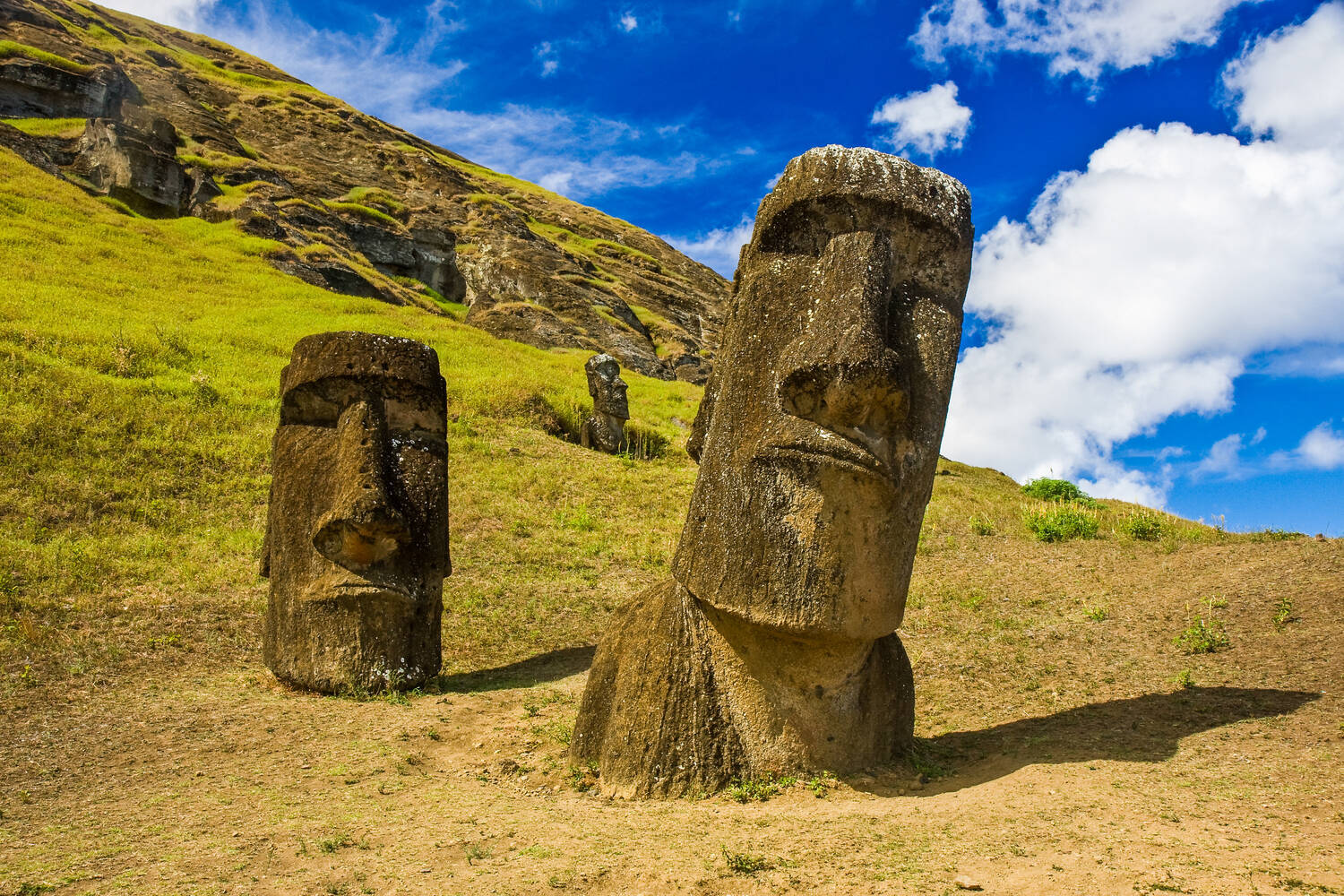
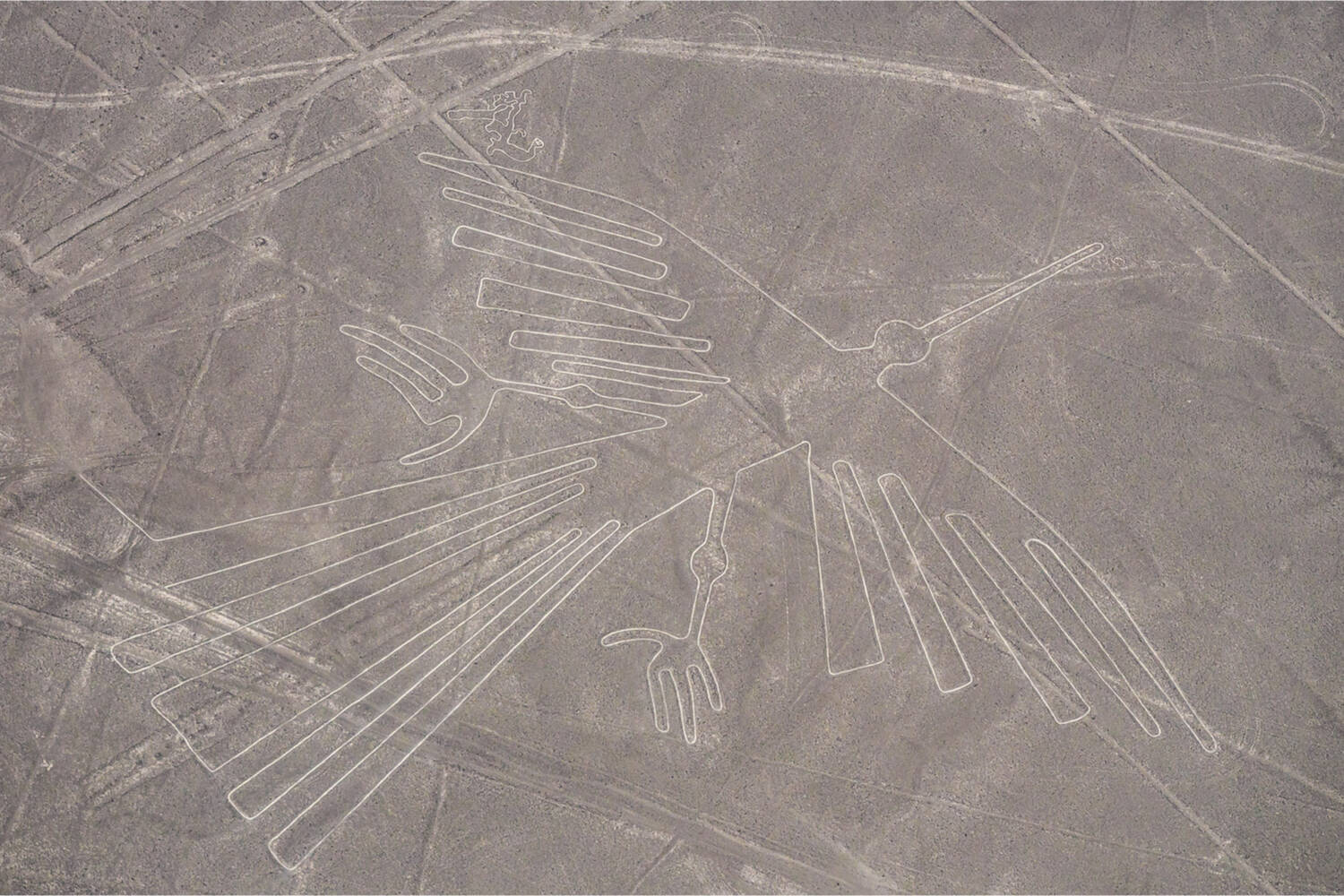
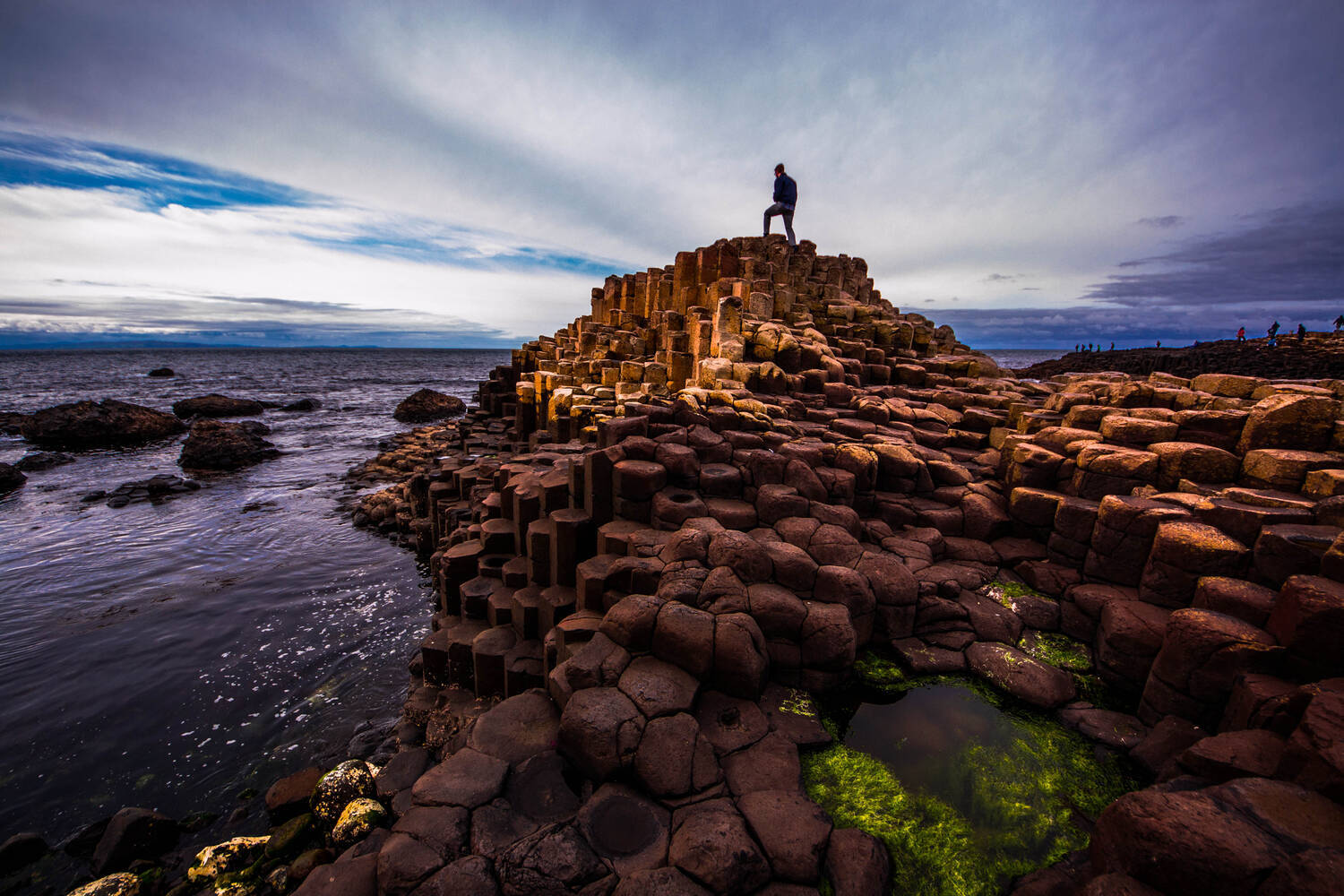
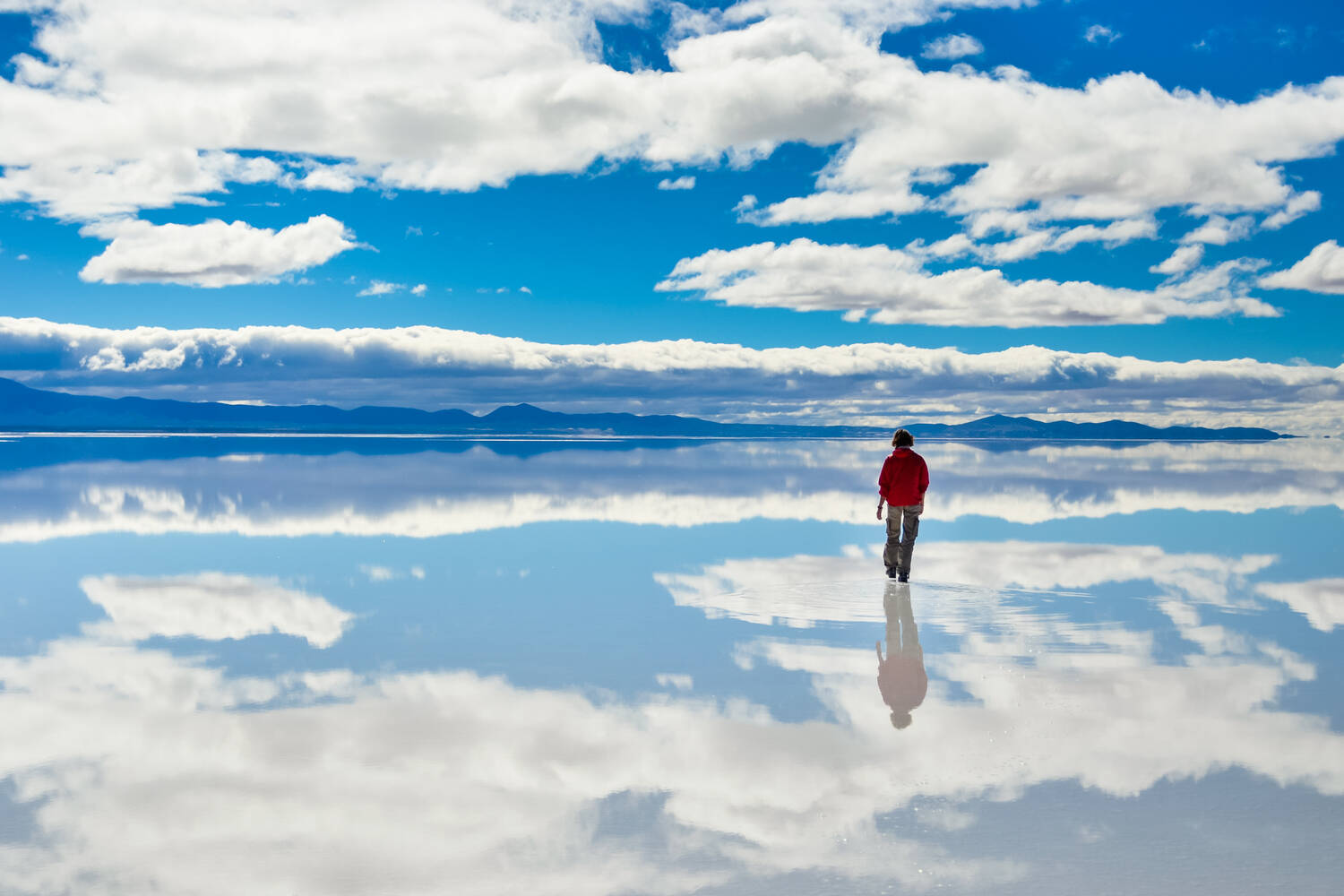
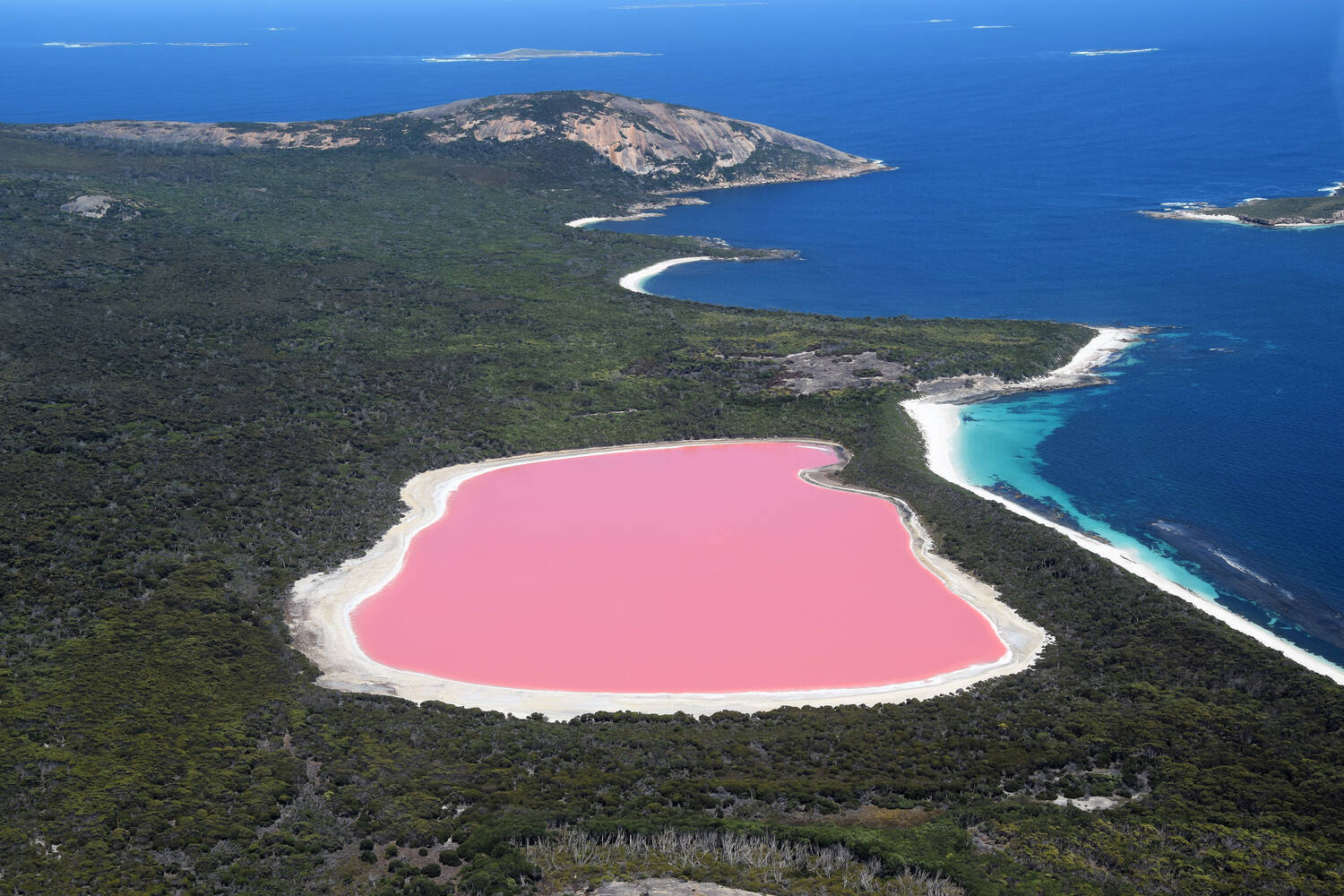
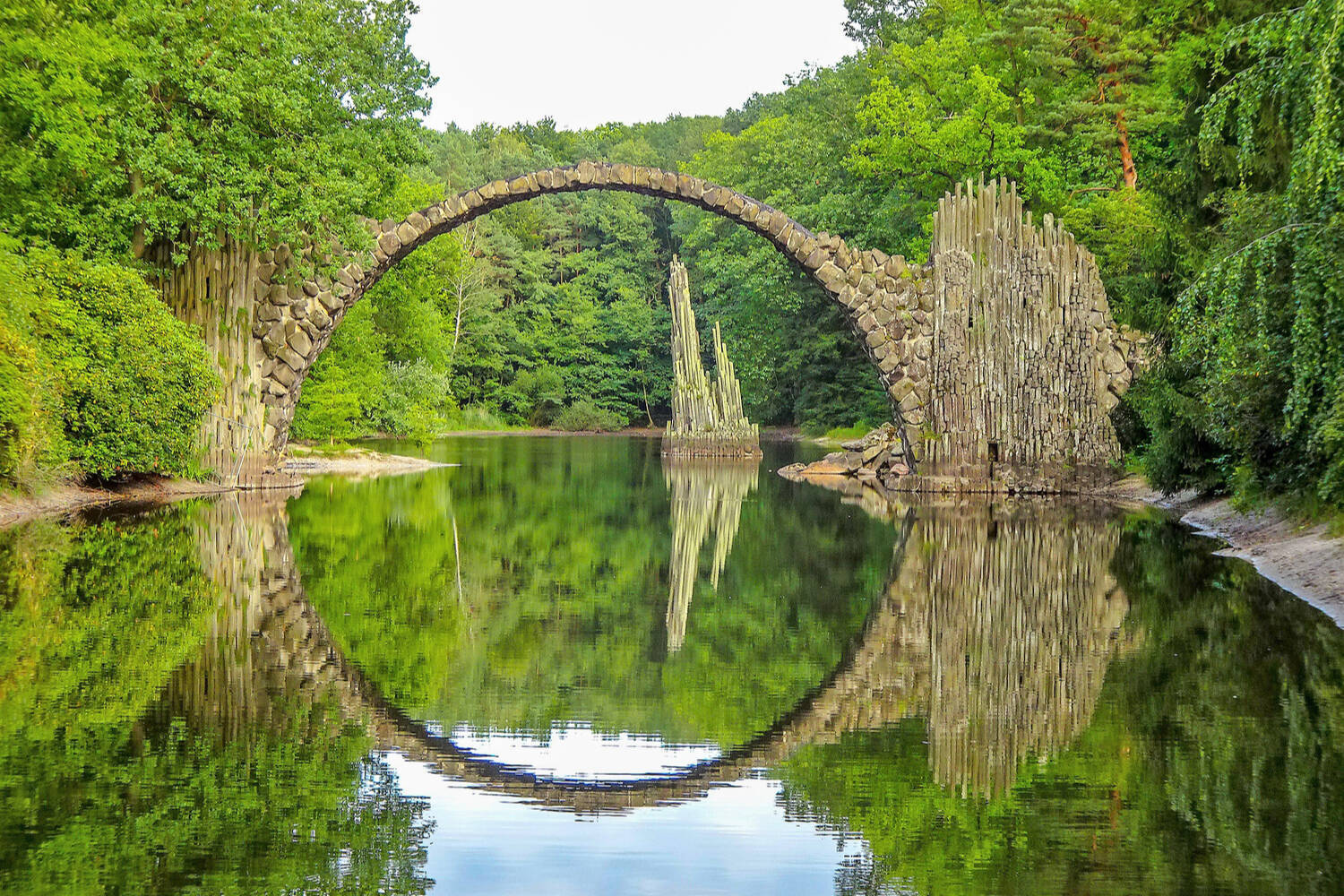

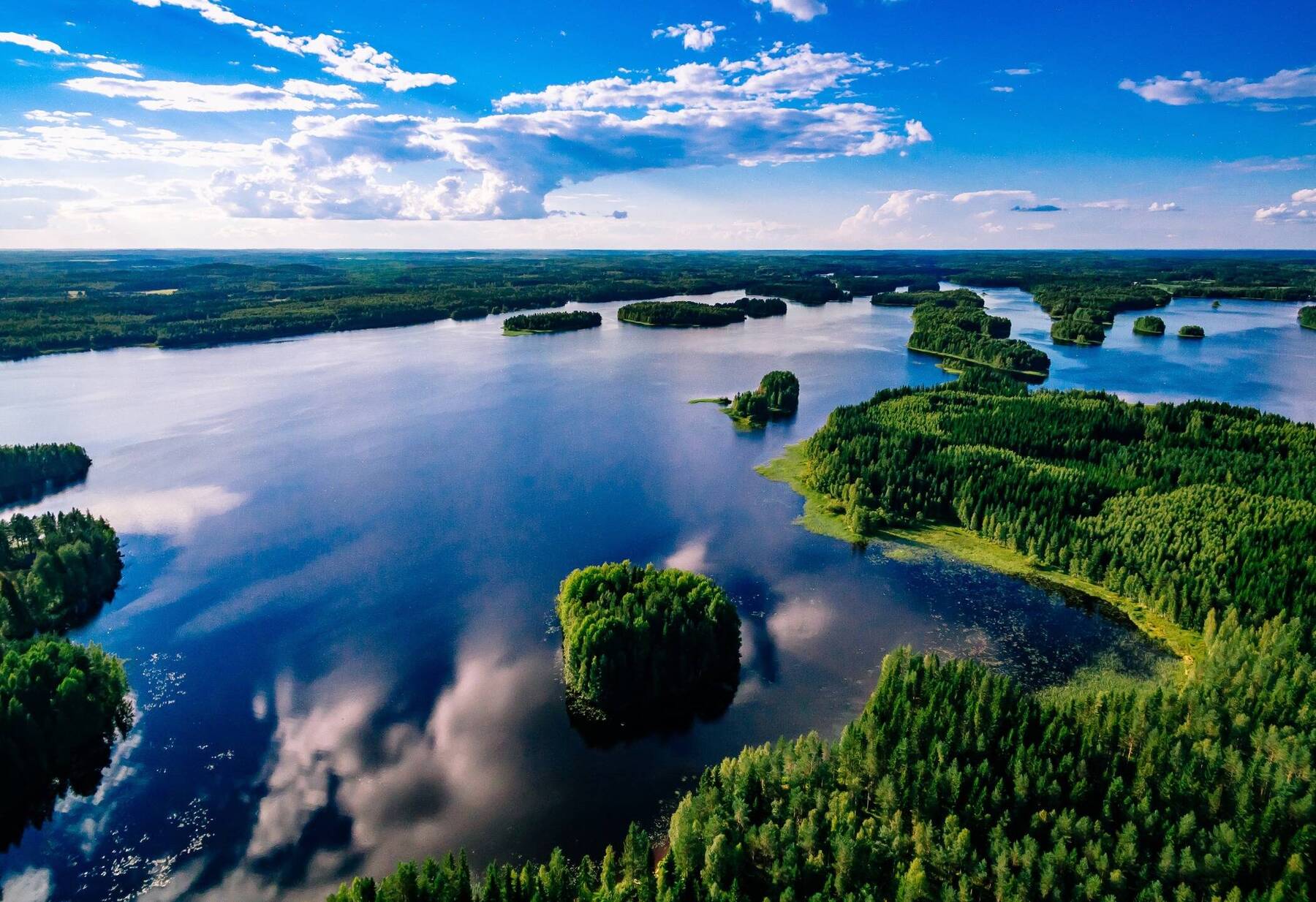
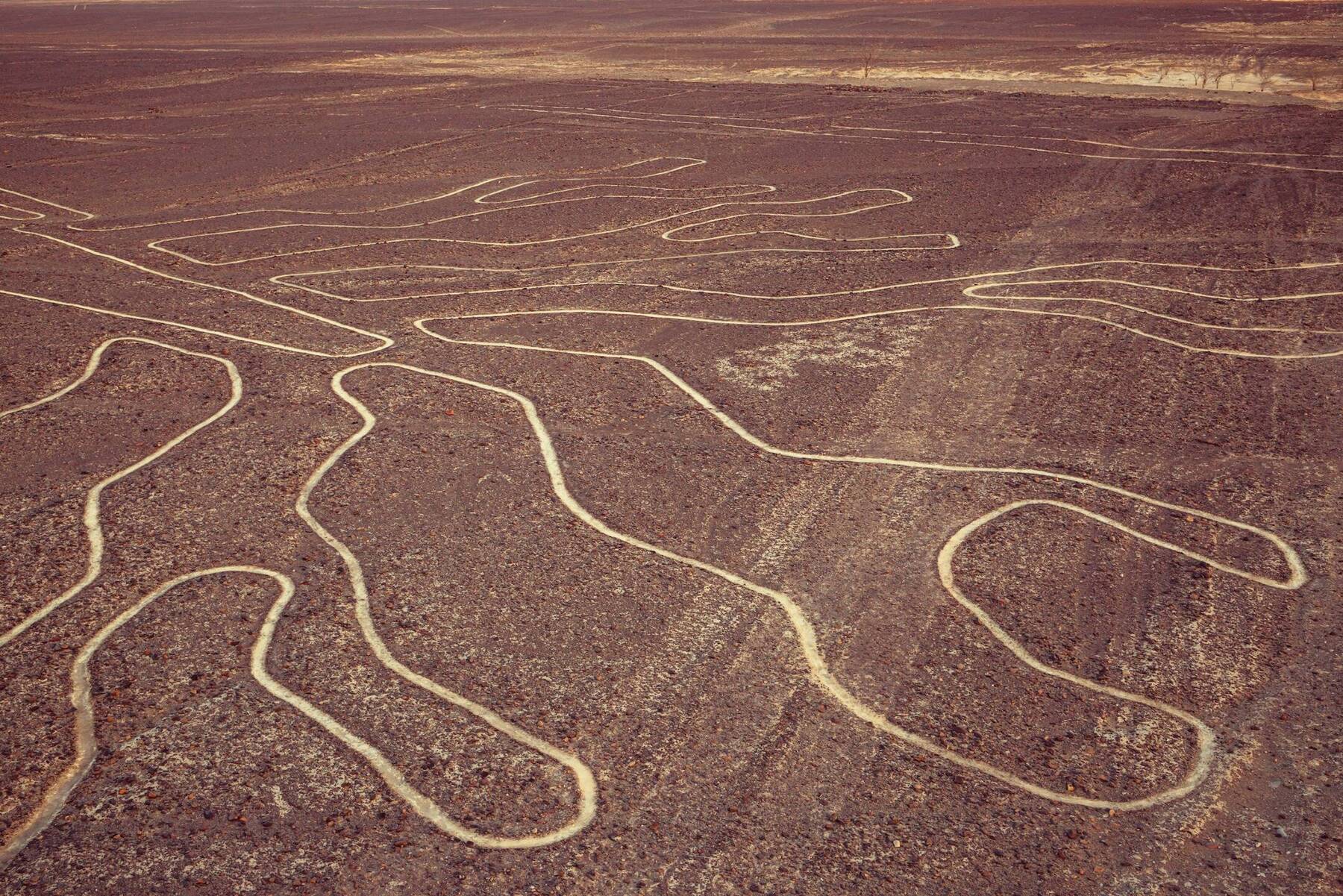
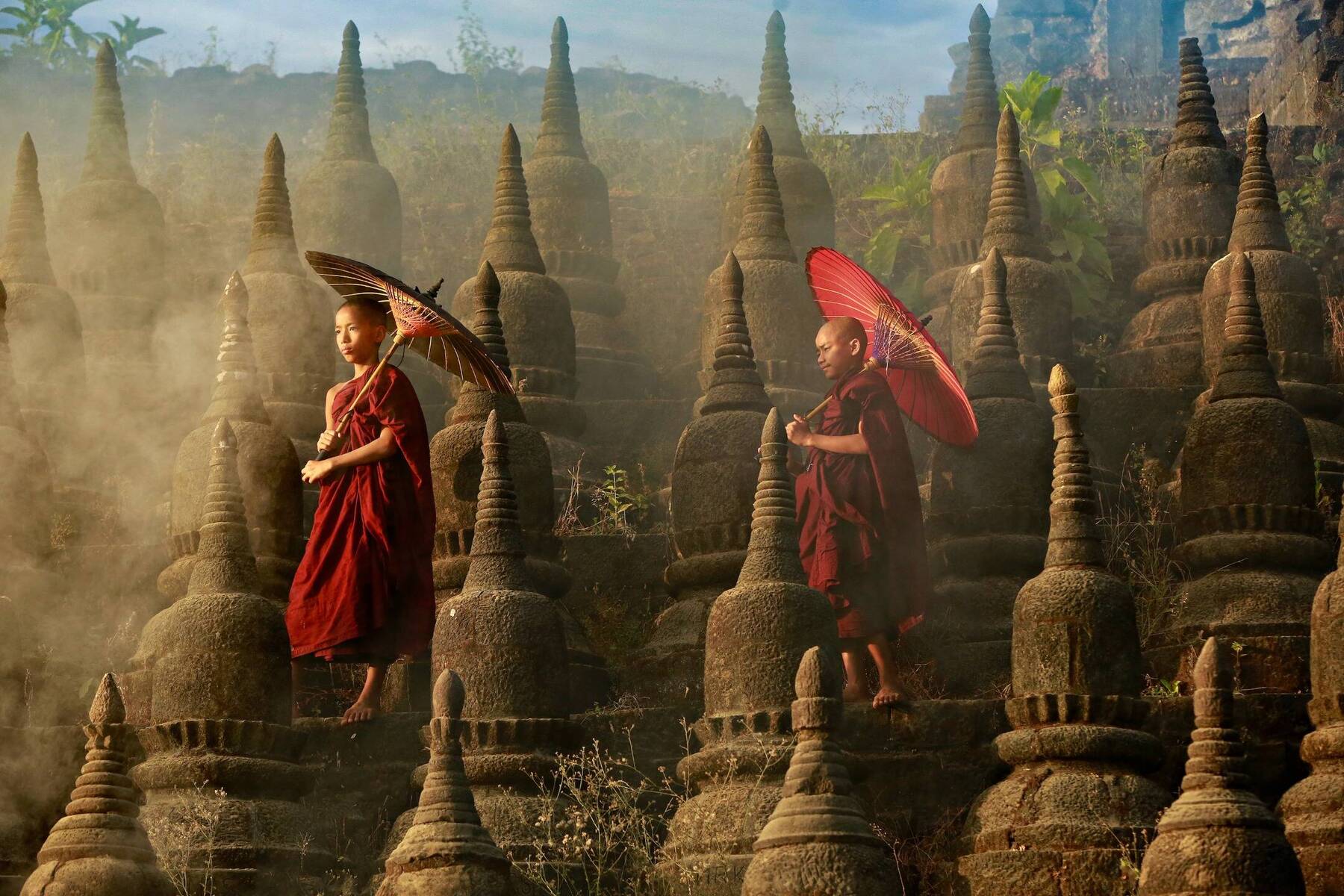




Comments